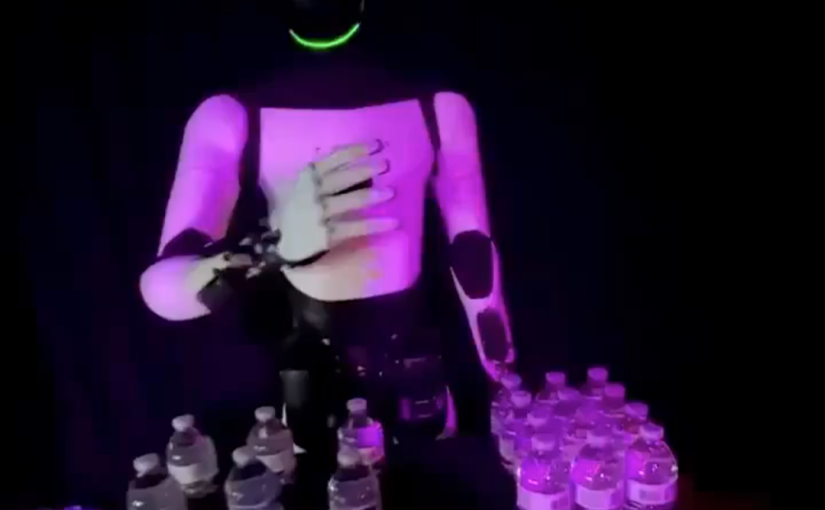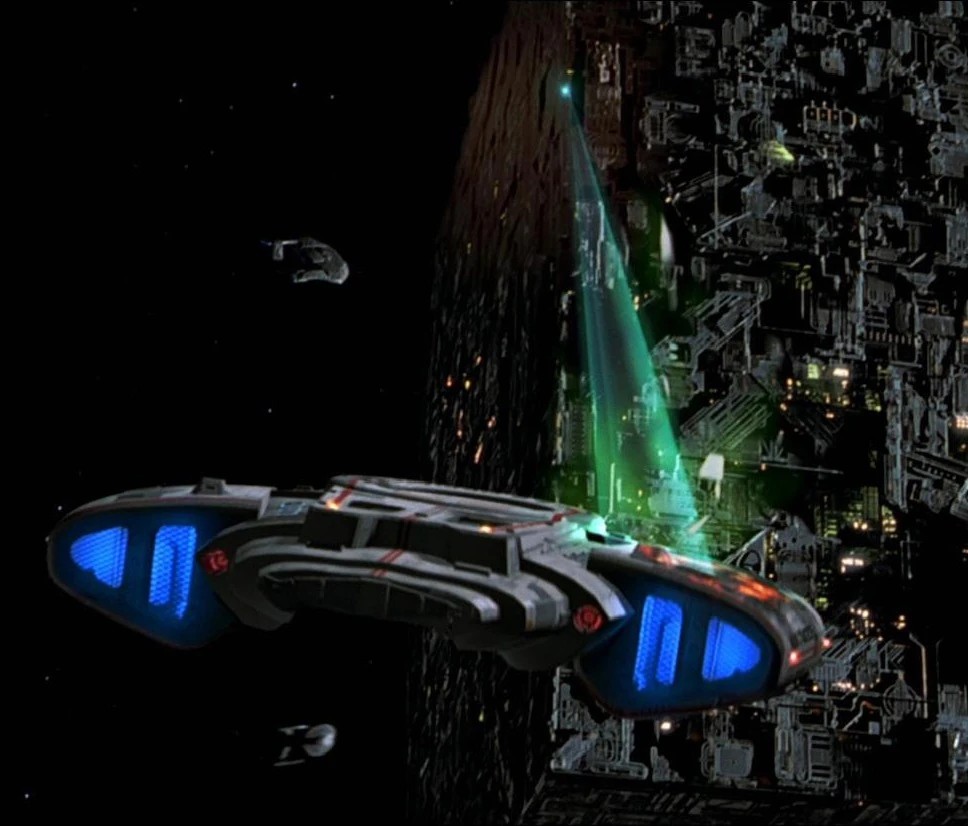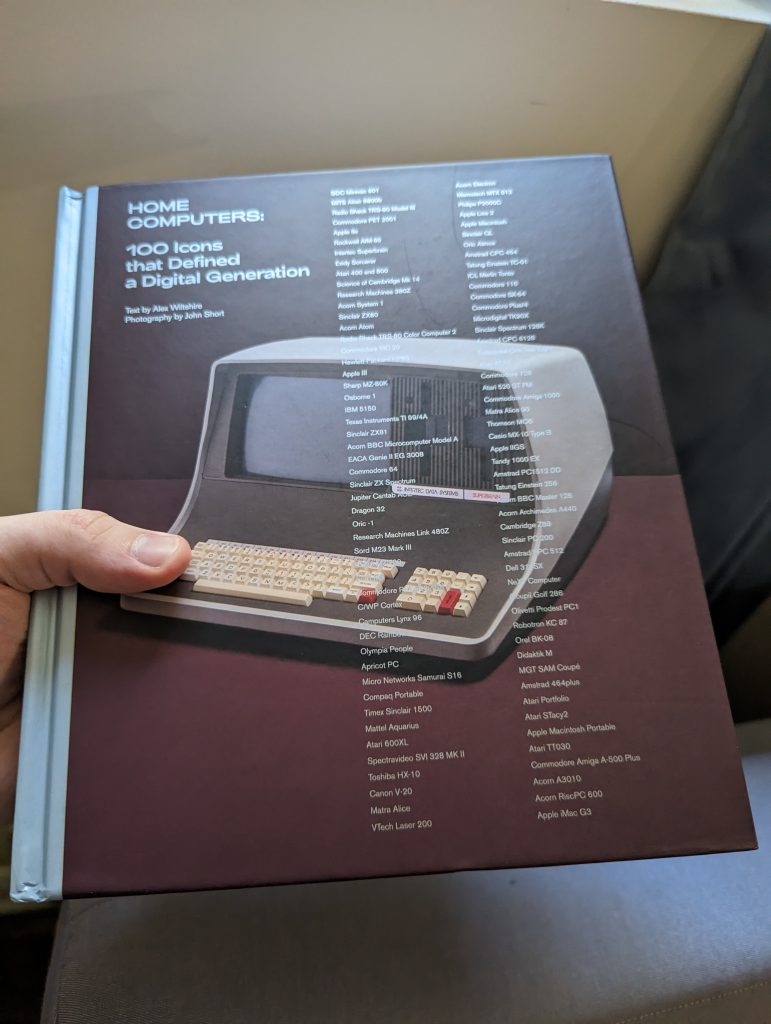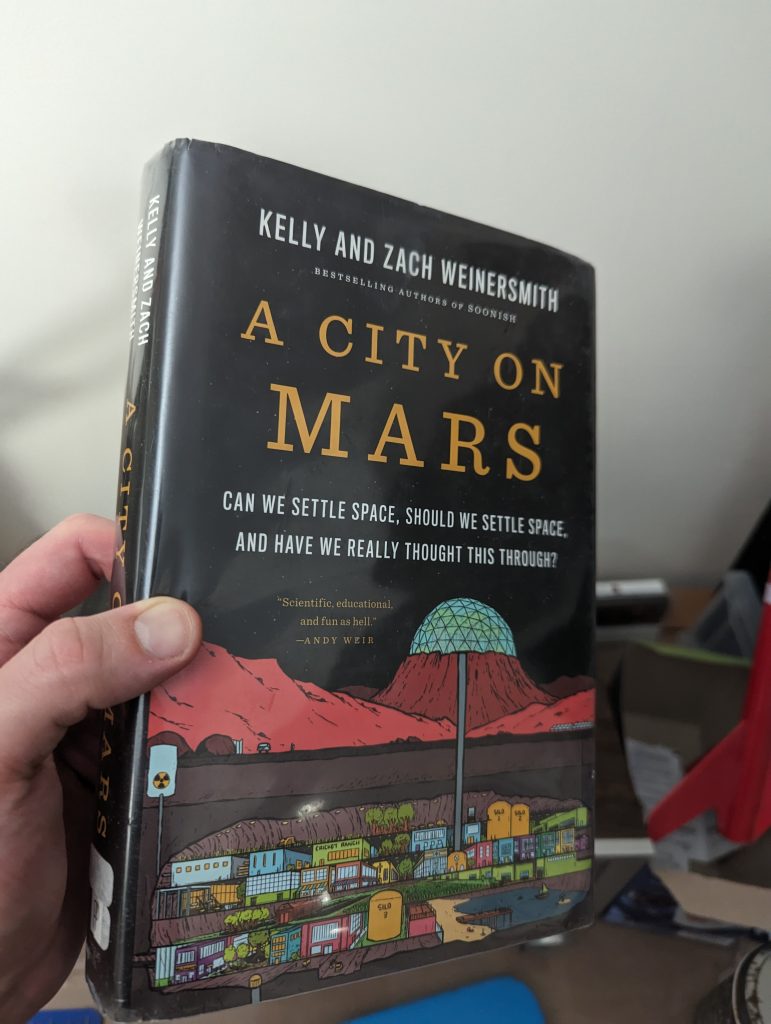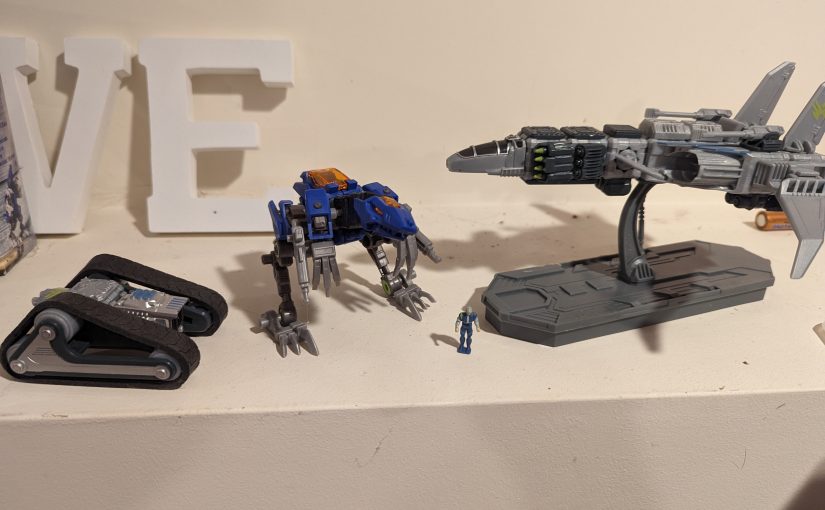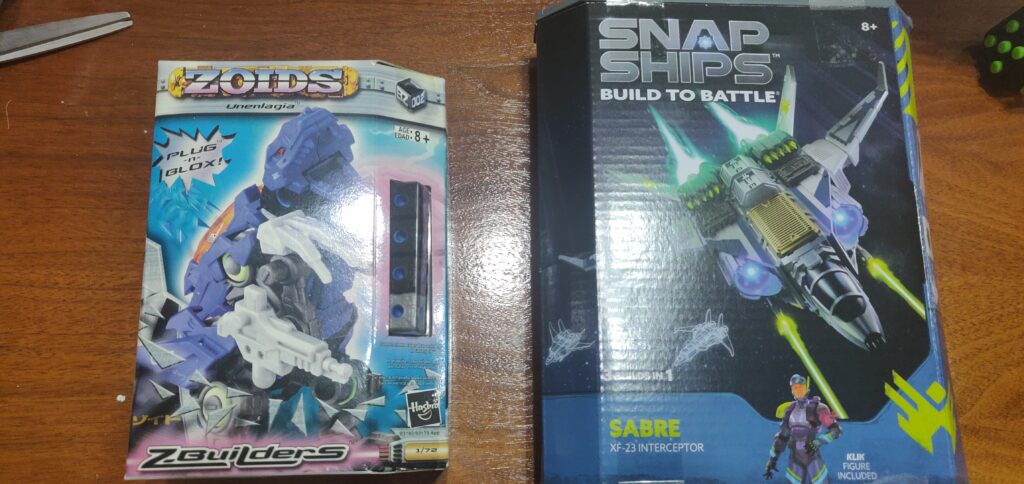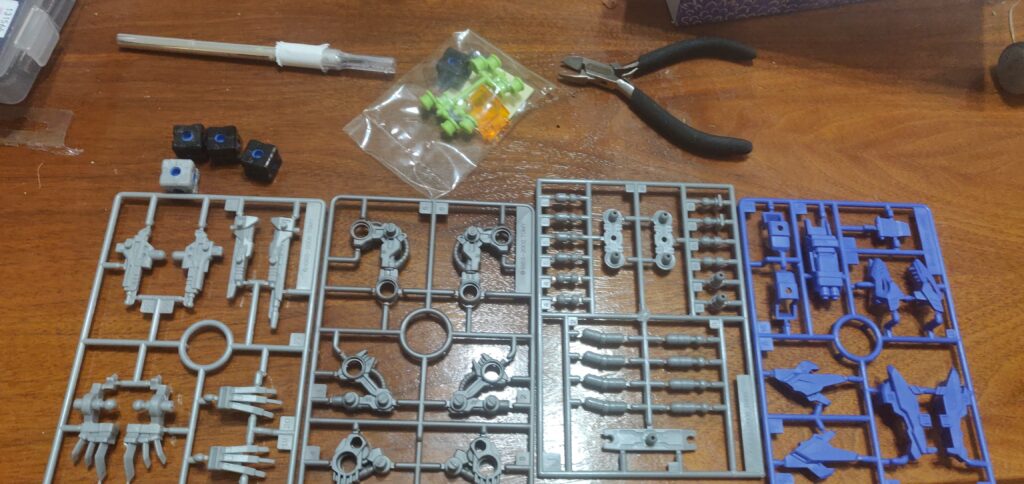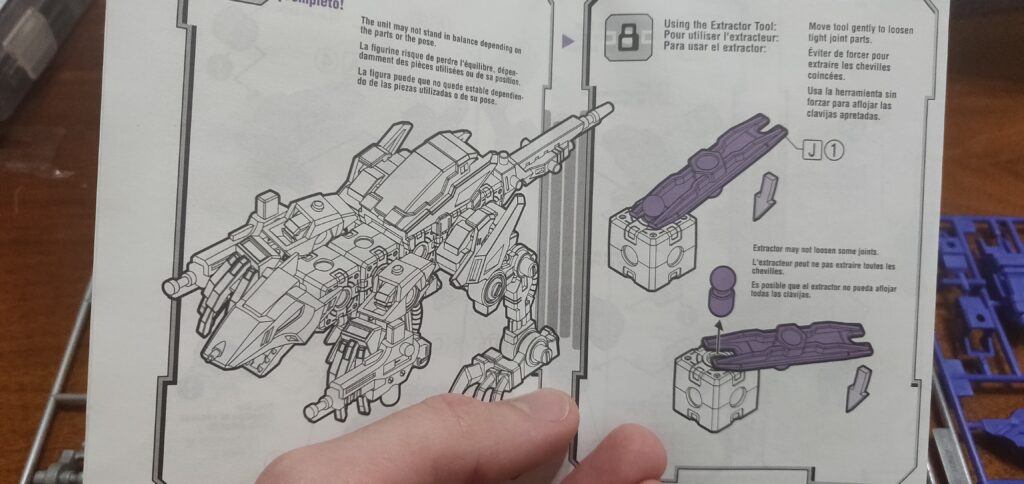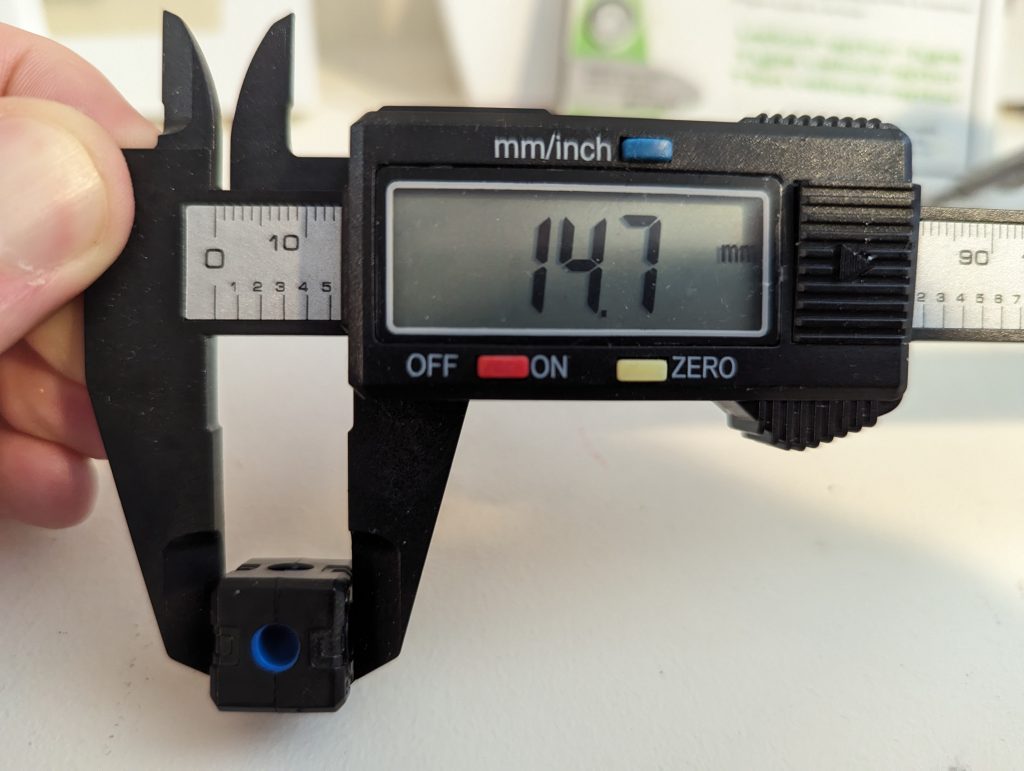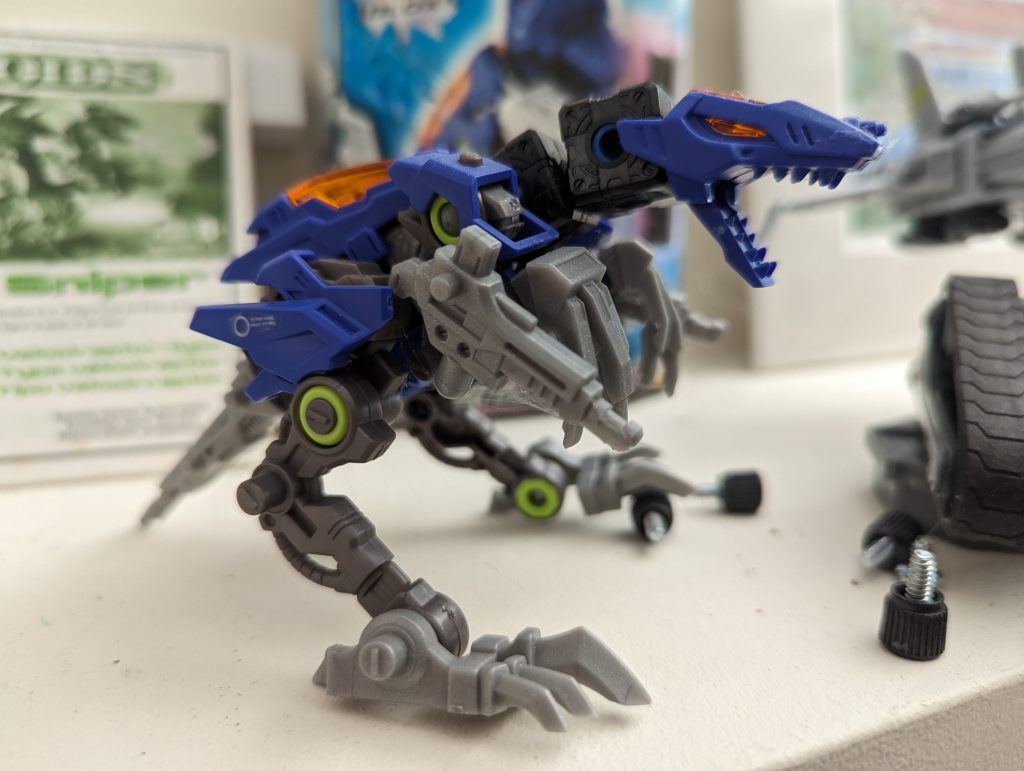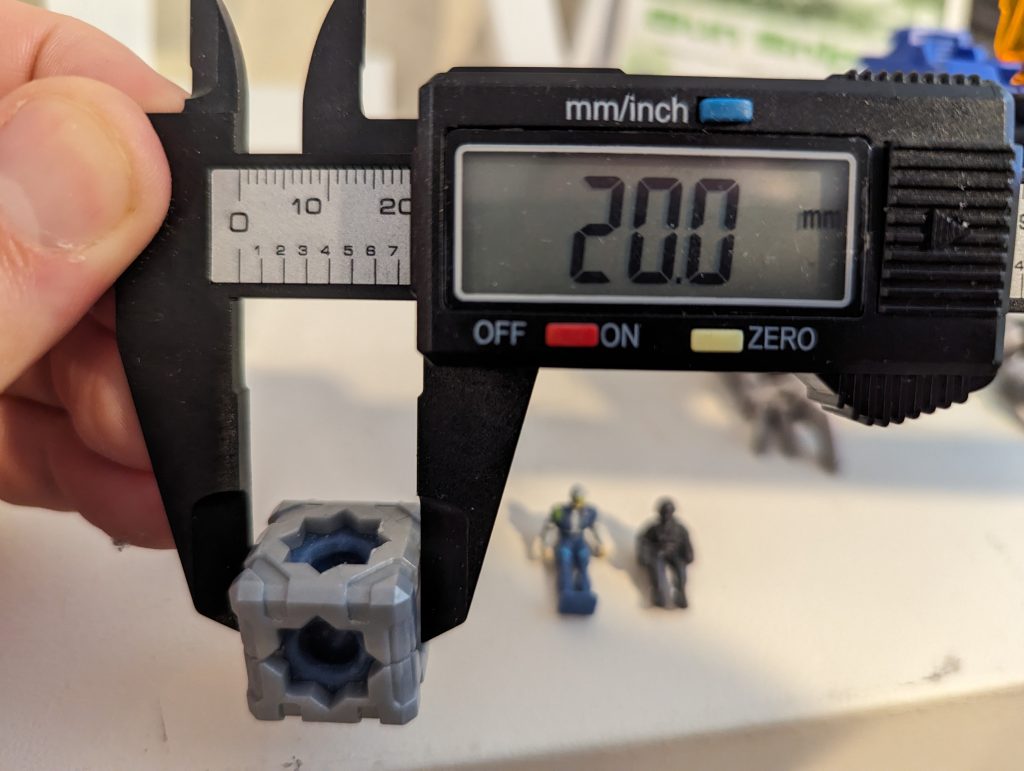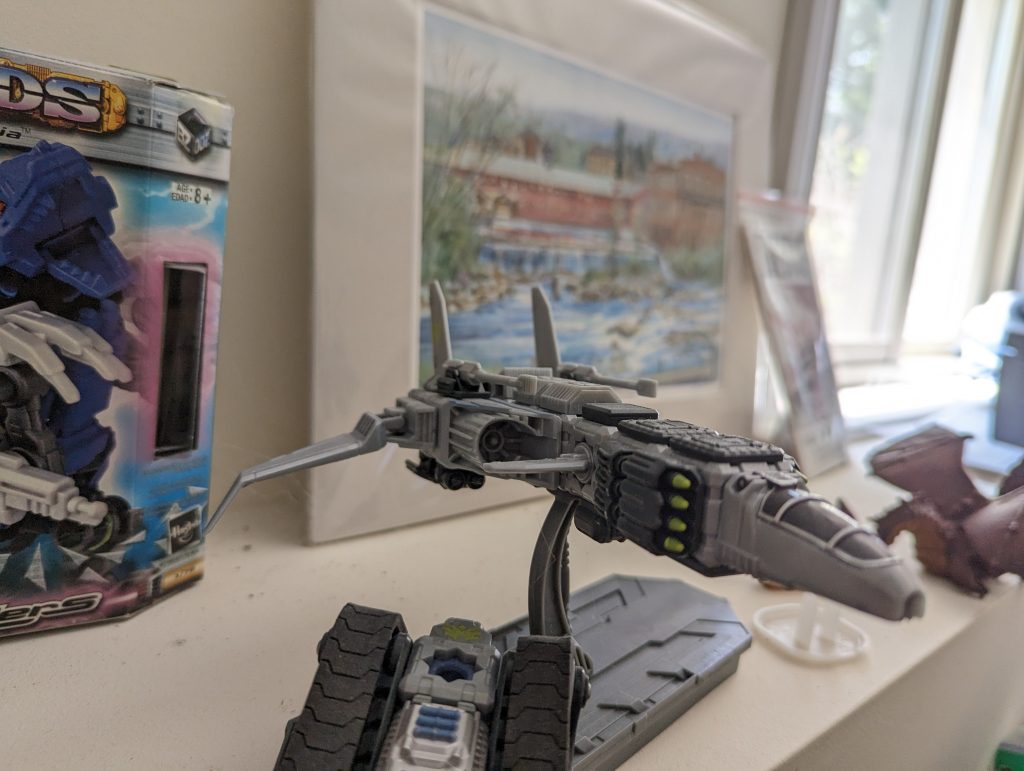Happy new year! I realize that this link list is practically wall to wall downers so I invite readers to, if it would make them feel better, just watch the first link then go outside and admire the show.
I’m gonna tell my kids this is the last known footage of Daft Punk (bsky.app/profile/jjvincent.bsky.social)
This video gets me every time. Really sums up the whole year.
Still with me? Whelp…
The Decay and Entropy Episode (textfiles.libsyn.com)
Jason Scott meditation on impermanence. One of his best.
The Lord Hobo Bar is Dead (allaboutbeer.com)
An interesting story in its own right, but it’s also a neat exploration of the craft beer boom in general.
w2.eff.org/Net_culture
Immaculate flavor of its time, “Last Updated Thu Mar 13 10:42:57 PDT 2003” web resource I stumbled across while trying to find a rumored dump of old chain emails. If anyone has such an archive, let me know.
How did Skannerz work (matthodges.com)
One of those fairly obscure video game devices that you can’t find in MAME, I appreciate that someone did a write-up on at least some of how they worked.
Quake Indicators (fabiensanglard.net)
I was trying to google these at one point, and Fabien Sanglard went and wrote an article about them.
Lamenting Malice (cynthoni.bandcamp.com)
Finally Cynthoni, who’s career has mostly been about rage against her own existence, has turned that caustic eye outwards and made a razor-edged criticism of our present moment, in the form of a banger Drum’N’Bass record. With samples of Palentr’s CEO, OpenAI’s CEO, and bass riffs reminiscent of early Pendulum, it’s sure to please a very specific set of electronic music fans.
The AI Beat
I’m pulling this into its own list so you can easily skip it if you’re tired of hearing about it.
Mastodon thread about a bot that writes alt text (ieji.de/@anantagd)
Alt text is text used to replace an image for screen readers. It’s an accessibility feature that helps blind people navigate the web.
In this thread, a blind person explains why a bot that merely describes the images in your post to generate alt text is worse than useless, because it describes what the picture looks like, not necessarily what’s in it or what it means.
It’s also a reminder to use meaningful alt text; consider it a new year’s resolution.
The Politics of Superintelligence (noemamag.com)
This good introductory article goes a long way to explain why some (rather highly placed) folks breathlessly talk about how AI is going to kill everyone and everything but also why we should spend all our money and time on it.
Ashley MacIsaac concert cancelled after AI wrongly accuses him of being sex offender (cbc.ca)
I had a different, more lighthearted article about hallucinations in Google summaries that I was going to run here, but this one is a bit more serious. It gets to the heart of one of the issues with the way AI is deployed; when an AI says something, who’s saying it? I suspect that companies like google are going to cry “Section 230” and try to wash their hands of the matter. But I don’t think it’s a good fit. And I don’t think “Generative AI is a work in progress and info quality may vary” hidden behind an elipsis button is enough to cover defamatory statements.
I Set A Trap To Catch My Students Cheating With AI. The Results Were Shocking. (huffpost.com)
This is an example of the way people are using AI systems in the wild. Deception and dereliction. I don’t know how anyone can read this and not see we’re in the grip of a crisis.
Anyway it’s worth it for the author photograph alone.
Investigating a Possible Scammer in Journalism’s AI Era (thelocal.to)
It’s interesting to see the other side, someone actually doing an audit of someone who’s ‘productivity’ has been boosted by extensive AI use. Self reports are one thing, but I rarely see stories of coworkers, interviewers, and others tasked with accountability. Here’s one.
